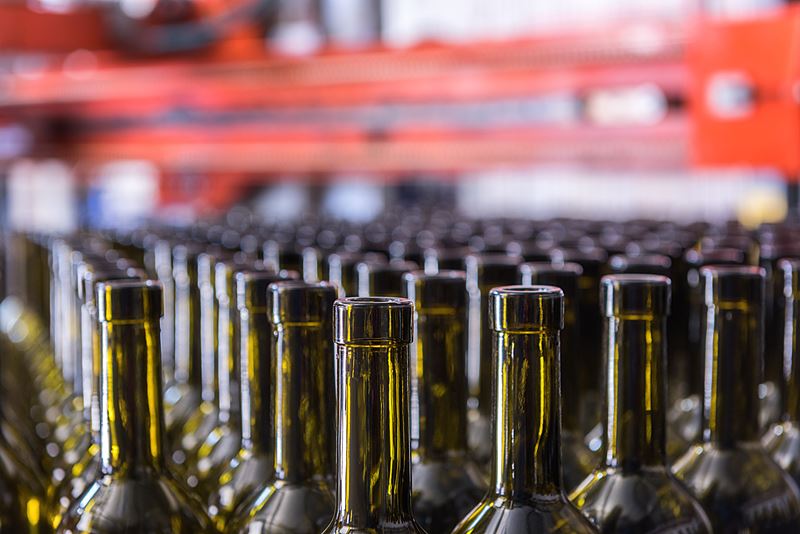Evolving US trends in wine drinking
Wine industry adapts to evolving consumer tastes
2024-03-22

Pour a glass and let's dive into the latest whirlwind swirling through the wine industry. At a recent conference in Napa, hosted by the Wine Market Council, the air was thick not with the aroma of oak barrels and ripe grapes, but with the sobering facts of a struggling market. Wine, once the darling of dinner tables and social gatherings, has found itself in a bit of a pickle, or perhaps more aptly, in a decanter, waiting for its flavors to be appreciated once again.
The headline that has everyone talking? A stark 9 percent drop in wine shipments from producers to distributors in 2023. This downturn has sent ripples through vineyards and boardrooms alike, prompting a closer look at who's drinking wine, why they're drinking it, and perhaps most intriguingly, when they're choosing to leave the cork in the bottle.
Gone are the days when wine was merely a companion to food, a viewpoint still held dearly by many a food magazine. Today, nearly half of wine consumers are reaching for a glass to unwind, favoring relaxation over culinary pairings. This shift in perception is echoed in the types of occasions wine is chosen for, with formal dinners still making the list, but everyday meals seeing wine sidelined for other beverages.
The conference wasn't just about doom and gloom, though. Amid the discussions of declining sales and shifting demographics, there were glimmers of hope and insight. For instance, despite the overall drop, certain wine varietals like Pinot Grigio and white blends have managed to swim against the current, marking a small victory in a sea of challenges. And let's not forget the significant role that gender, income, and education play in wine consumption, painting a complex picture of the modern wine drinker.
A particularly fascinating aspect of the wine market is its diversity — or lack thereof. With white Americans making up the majority of wine drinkers, the industry is facing a crucial moment of reflection on how to appeal to a broader, more multicultural audience. Suggestions from the conference ranged from pairing wine with a wider variety of cuisines to tackling stereotypes that paint wine as either boring or not "manly" enough. The idea of marketing wine based on its alcohol content was also floated, a strategy that could reshape perceptions and appeal to a demographic looking for a bit more buzz in their bottle.
The industry's challenges are as varied as the wine list at a Michelin-starred restaurant, with everything from the rise of cannabis to the price of a bottle playing a role. Yet, amidst all this, there's a sense of resilience. The wine market may be facing a tough year, but it's also a time ripe for innovation and reimagining what wine can represent to consumers.
As we swirl our glasses and ponder the future, one thing's clear: the world of wine is vast and varied, with each sip offering a chance for discovery. Whether it's exploring new varietals, embracing digital shopping trends, or simply enjoying a glass for its relaxing effects, wine remains an integral part of the culinary and cultural landscape.
So, here's to finding those bright spots among the rubble and toasting to the possibility that lies within every bottle. The wine industry may be navigating a complex terrain, but with challenge comes opportunity — the opportunity to redefine, to reconnect, and to raise a glass to the future.
Founded in 2007, Vinetur® is a registered trademark of VGSC S.L. with a long history in the wine industry.
VGSC, S.L. with VAT number B70255591 is a spanish company legally registered in the Commercial Register of the city of Santiago de Compostela, with registration number: Bulletin 181, Reference 356049 in Volume 13, Page 107, Section 6, Sheet 45028, Entry 2.
Email: [email protected]
Headquarters and offices located in Vilagarcia de Arousa, Spain.